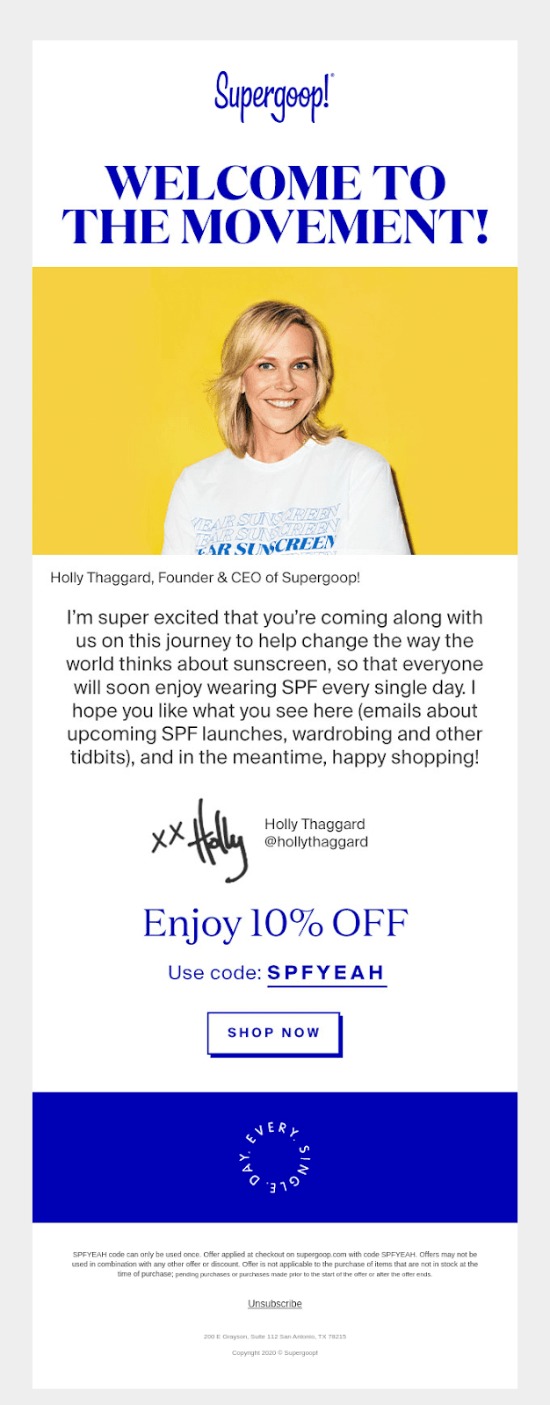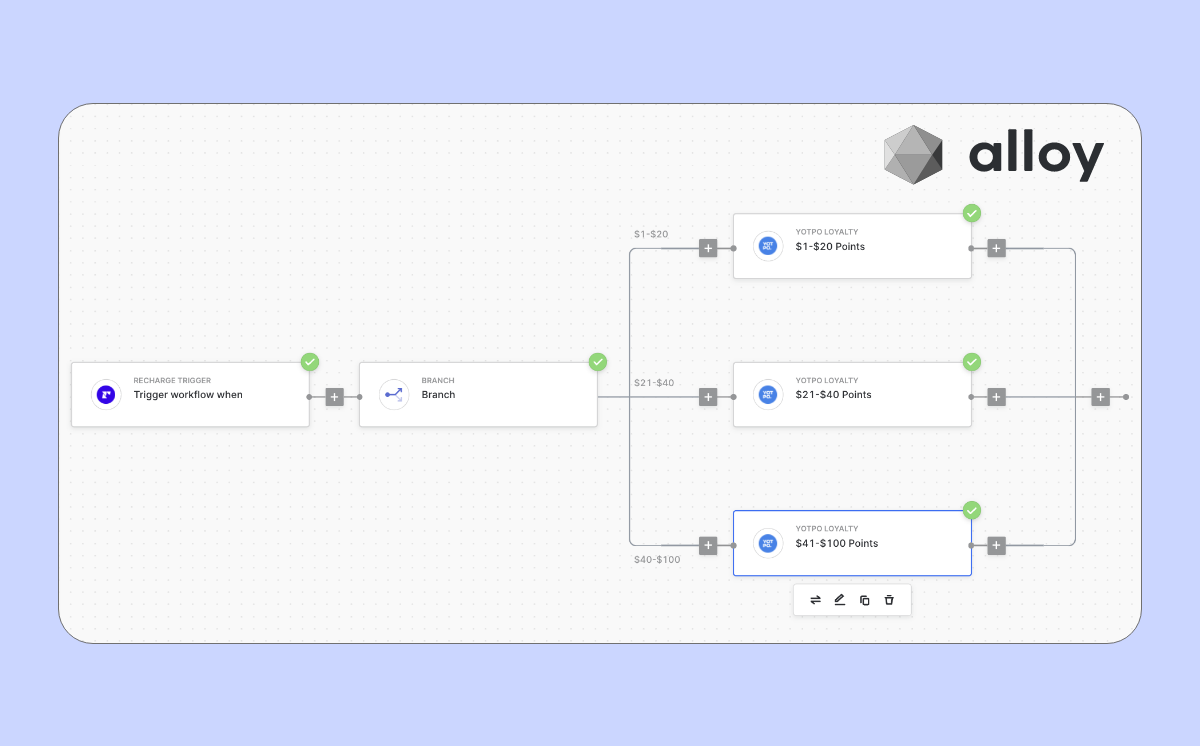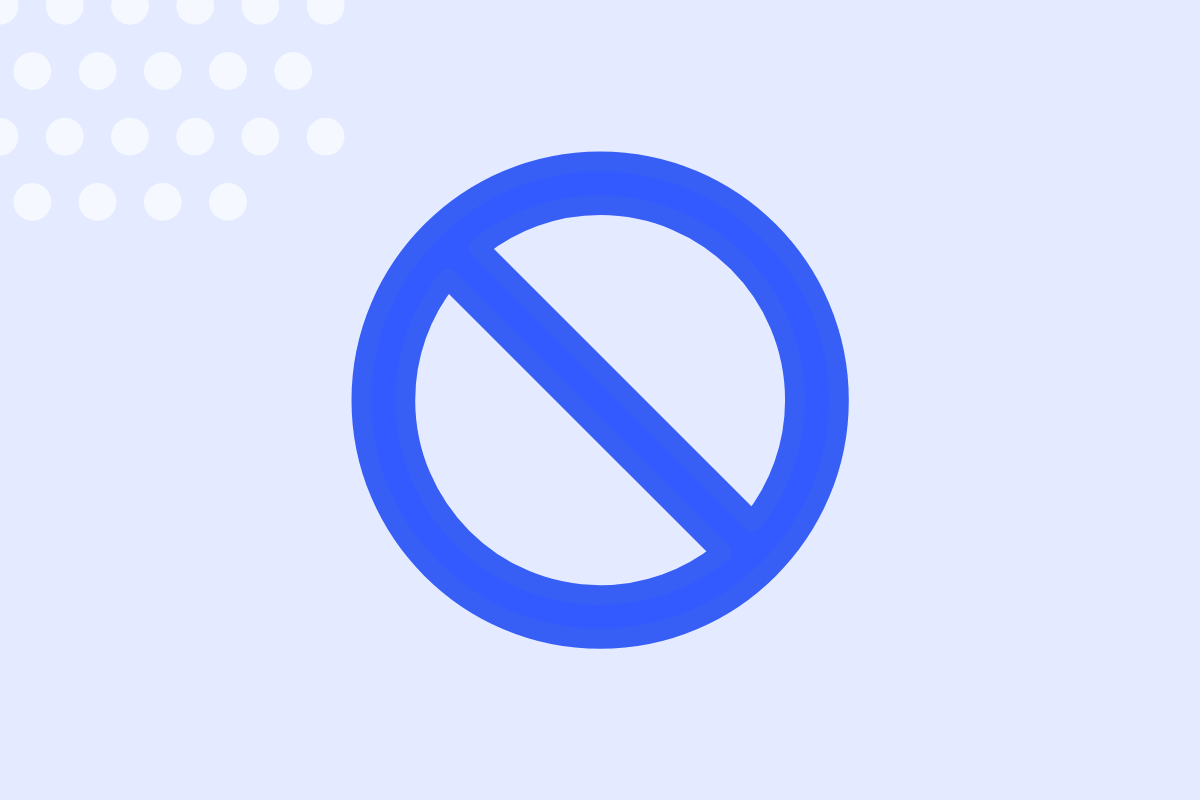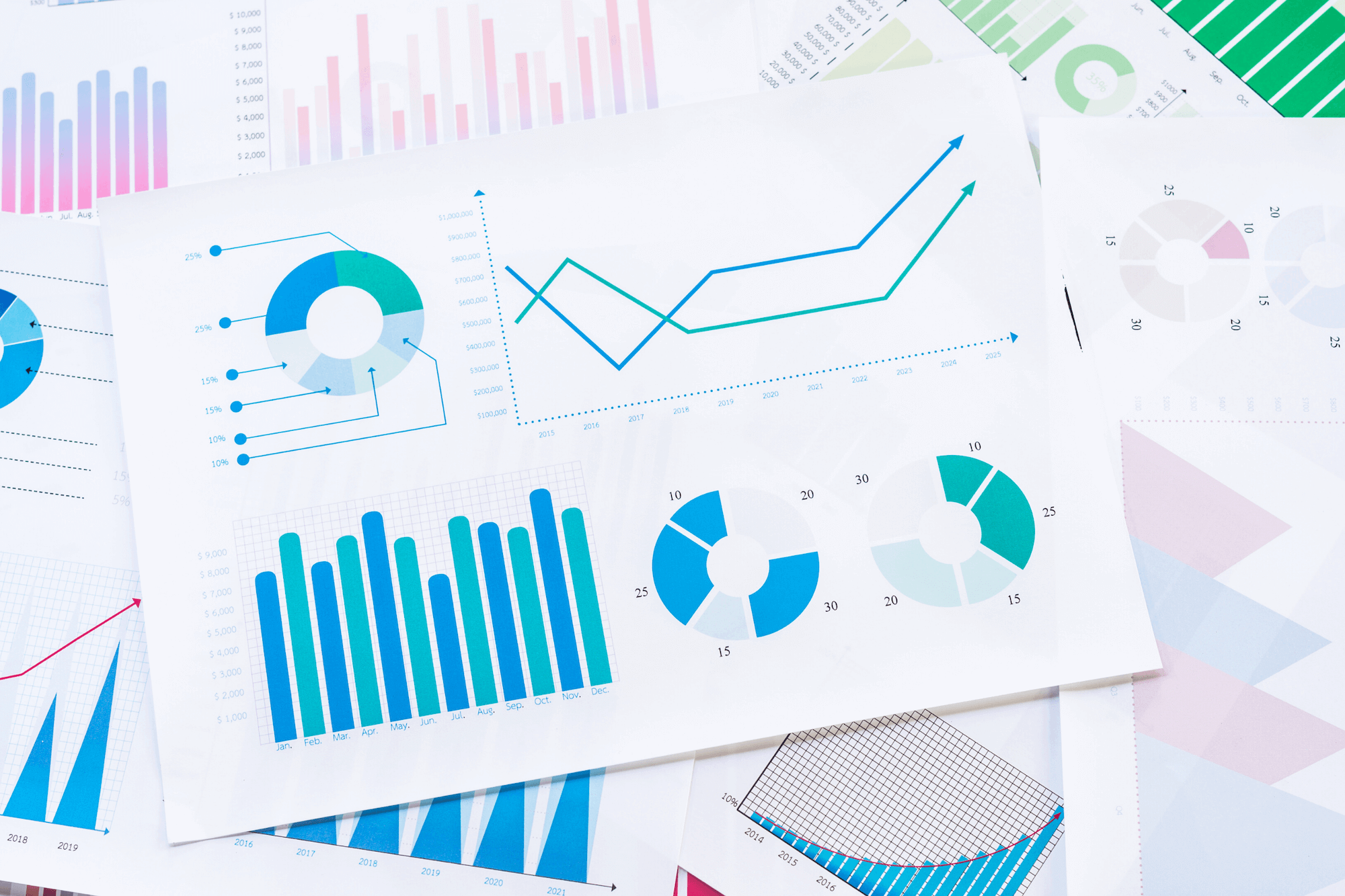How many headlines or social media posts have you seen that proclaim just how essential email is to your business? We’re willing to bet your answer is a lot.
That’s for a good reason, though.
You see, with email being a primary communication method in various aspects of life—in fact, 281+ billion emails were sent and received daily in 2019 alone—it’s proven to be an impactful marketing tool.
Here’s the cold-hard truth: It’s not enough to create a single email campaign and send it to your email list. You have to be strategic. You have to think like your customers.
But what’s the best way for businesses to leverage email marketing?
Automated email workflows can help you simplify your email marketing. By automating your email campaigns, you not only ensure you send them to your customers promptly but also get sent in the first place.
In this article, you will learn:
- What automation workflows are
- Why these emails are important for your eCommerce business
- The top five automated email workflows you should start sending ASAP
What are automated email workflows?
Before we jump in, let’s backtrack a bit.
What exactly do we mean when we say “automated email workflows”?
Automated email workflows are email sequences triggered by an action or a subscriber’s behavior or preferences.
For example, if a customer subscribes to your email newsletter, you could create an automated ‘welcome’ campaign that would be sent to their inbox upon verifying their email.
Marketing automation workflows are beneficial for several reasons, such as:
- Save you time and effort
- Ensures these critical campaigns are sent
- Helps you connect to customers in a unique way
- Enables you to build a relationship with your customers
Aside from these benefits, the results of automated email workflows speak volumes. Email campaigns like these have a 70.5% higher open rate and a 152% higher click-through rate than generic email newsletters.
Rather than sending emails to customers when you remember to, automating these actions has a profoundly positive impact on your eCommerce business (and sanity).
With that said, let’s take a look at a few automation workflows you can automate and start sending to customers.
//[inject:ad-personalized-email]
5 Automated Email Workflows You Should Start Sending
1. Welcome Email Sequence
Welcome sequences are a staple in email marketing, and for a good reason. These emails can be created to fit various actions like a newsletter sign-up or a new purchase.
Welcome workflows serve as an opportunity to introduce yourself or your brand to new customers, give them a sneak peek of what type of content they can expect to receive from you via email, and so much more. Plus, welcome emails tend to have a 50 to 60% open rate, which is much higher than other marketing emails.
Email marketing automation tools, like Sendlane, make it easy to determine when you should send these emails with event-based automations. After you’ve built your campaign, set the time you’d like the email to be sent after the action, and let automation software take care of the rest.
An excellent example of a strong welcome email is from Supergoop!.

(Source: Really Good Emails)
Not only does this email welcome new subscribers, but it includes a note from the Founder & CEO of Supergoop!, Holly Thaggard. Nothing says “welcome” like a 10% off coupon as a bonus for being a subscriber.
This short-and-sweet email packs a punch and makes a great impression on first-time customers.
How to implement
Think of your welcome sequence as an introduction to your brand. You want to tell subscribers who you are and what kinds of content they can expect to see from you.
A few things you can include in your welcome emails are:
- Your brand story
- Your mission
- Social proof
- Links to existing content
If it works for your brand, you can also use this opportunity to include a coupon or free shipping code to encourage sales. Regardless, it’s important to keep these emails friendly and on-brand.
Below is an example of a sample welcome email sequence:

Remember, this is just an example! Adjust this template to work with your brand. However, make sure you send the first email right after a user subscribes to your newsletter or makes a purchase.
2. Cart Abandonment Email Sequence
There are many schools of thought as to why customers abandon their carts:
- They’re not ready to make a purchase
- They’re using the cart feature as a research tool
- They’re waiting for a sale
- They’re confused by your checkout process
The list seems to be endless. And with a whopping 70% of shoppers abandoning their carts on average at checkout, this is an issue that all eCommerce business owners and marketers need to address.
However, there’s an impactful way around this issue: cart abandonment emails.
Cart abandonment emails remind customers of what they were browsing or what they added to their cart and make it easy for them to purchase.
Without email automation technology, sending these emails would be nearly impossible.
If you’re using an email marketing platform like Sendlane, you can track and identify distracted website visitors with automated communications that encourage them to revisit your site and complete their purchase.
A great example of a cart abandonment email is this one from Casper.

(Source: Really Good Emails)
The catchy, on-brand messaging coupled with the simple “return to cart” button makes it easy for customers to return to the checkout page. Plus, including a stellar review from a real customer serves as an extra nudge to encourage customers to complete their purchase.
How to implement
Typically, cart abandonment emails consist of four or five emails that encourage customers to return to the site and complete their purchase.
A few elements you can include in your abandoned cart flow include:
- Personalization and clarity. Display the product left behind with a bold CTA and clear copy that tells customers what you want them to do.
- Use scarcity to your advantage. By creating a sense of urgency, you’ll motivate your shoppers to take action.
- Social proof. Tell your shoppers why they should spend their hard earned money on your product! Display reviews and share use cases.
- Incentivize. Incentives can be enough to send customers back to their carts. Drop a small discount to give shoppers that last nudge to purchase.

Lastly, make sure you set an automation goal for the sequence. In other words, when a customer converts, the automation will stop and they won’t receive any additional emails in the sequence.
//[inject:ad-ebook-funnels]
3. Lead Nurturing Sequence
In addition to being a great way to boost your sales, increase your conversion rates, and showcase new products or services, email is a great way to deliver value to your customers in other ways.
That’s where the lead nurturing sequence comes into play. This sequence helps you with lead nurturing, engage with customers who may be in a different part of the customer journey, stay top-of-mind, and educate customers on your products and related topics.
Your customers are human and have different interests as a result. Creating different nurture sequences that cater to those variant interests, and subsequently, your audience segments will help you see the maximum ROI.
The great thing about lead nurturing sequences is that there are so many directions to take them. For example, this email from Girlfriend Collective teases new items customers can expect to find on the site soon.

(Source: Really Good Emails)
Aside from products and sales, nurture emails are great for adding value through relevant content. The shaving product company, Harry’s, does that perfectly in this email.

(Source: Really Good Emails)
This email includes a simple yet engaging infographic on how to get a smooth shave. This content is relevant (and likely helpful!) to Harry’s target audience, which not only positions Harry’s as a go-to resource for all things shaving, but it’s a great way to segue into product offerings.
How to implement
Lead nurturing emails are unique in that it’s all about understanding where your customer is at the buyer journey and what they need at the time. These emails should focus on providing value to your customers without overwhelming them with “buy, buy, buy!”
Here are a few ideas to use when planning your next lead nurturing sequence:
- Product recommendations
- Featured blog content
- Educational content
- Webinars or live broadcasts
- Product sneak peeks

Keep in mind, these emails should be highly personalized. Making customers feel like you understand what they need—and what they don’t—is critical.
In terms of the number of emails in this sequence, do what feels right for your brand. You don’t want to bombard customers but if you’re consistently providing value, you’ll earn your spot in their inbox.
4. New Customer Email Sequence (Post-Purchase)
As an experienced business owner, you know the relationship with your customer doesn’t stop post-purchase. Continuing to engage with customers after the sale is just as important as engaging with them before the sale.
A new customer email sequence presents a unique way to connect with customers and turn them into recurring customers. You could send a follow-up survey that asks customers to rate their experience with your product or service. You could also send an email that asks if they have any questions about their new product.
These customer touchpoints can make all the difference.
In fact, according to Hubspot Research, 90% of customers are likely to make repeat purchases with companies who offer excellent customer service. But with more companies prioritizing customer acquisition over retention, smart businesses and marketers have a unique opportunity to leverage this kind of automated email workflow.
Here’s a look at two great examples of new customer emails:

(Source: Really Good Emails)
This email from beauty brand, ILIA, is sent to customers soon after they make a purchase. The content of the email is straightforward yet impactful. ILIA includes fun facts about their products, including ingredients, sustainable packaging, and more. It’s a great way to educate customers about their purchase and the brand as a whole.

(Source: Really Good Emails)
This email from Everlane, asks for feedback on a customer’s recent purchase. It’s a simple way to ask customers for their opinion in exchange for a chance to win a gift card to Everlane. Talk about a win-win.
How to implement
Similar to the welcome email sequence, a new customer email is always a great way to build a relationship with your customers. This is especially important when communicating with new customers, too.
A simple, “Thank you for your purchase!” goes a long way. It makes customers feel appreciated and recognized.
Here’s how we recommend structuring your new customer email sequence:

Customizing these emails to your brand is critical. If offering a discount after two days doesn’t feel right, experiment and see what yields the best results. The bottom line: Use this email sequence to make your customers feel like part of your community.
5. Re-Engagement Email Sequence
Sometimes, for whatever reason, customers drop off. Customers receive countless emails per day, so there are bound to be a few subscribers that fall by the wayside.
But all hope isn’t lost; there are several ways to pop back onto their radar. Sending an automated re-engagement email sequence is a great way to do so.
Re-engagement email sequences help you achieve a variety of things:
- Reduce customer churn rates
- Increase sales
- Revive inactive customers
This is also an excellent opportunity to audit your email lists and make sure they’re organized correctly.
So how should businesses approach this?
Take this example from the running shoe brand Brooks, for example.

(Source: Really Good Emails)
Brooks starts the email by stating their mission and why their shoes are different from competitors. Then, they introduce a feature that helps customers find the perfect shoe. It’s a subtle way to reintroduce themselves to customers while providing value.
When it comes to re-engagement emails, it’s essential to focus on providing value rather than pushing a product. The goal is to ease customers back into your community, not bombard them with the pressure to purchase.
How to implement
Because the main goal of this sequence is to, well, re-engage with customers, you want to make sure these emails are warm, welcoming, and encourage them to come back to you.
We recommend keeping these emails short and to the point, complete with an attention-grabbing headline. Including a unique discount or offer as an incentive to make another purchase.
Below is an example of how you could set up this funnel:

If after sending a few emails, a customer still doesn’t return to you, it’s best to scrub them from your list. That way, you can focus on the customers who are actively interested in your product or service and simultaneously increase sales.
Automated email workflows boost marketing ROI while saving you time
Automation is a magical thing. Together with email marketing, automation can increase your sales, foster engagement with your customers, improve your marketing metrics, and so much more.
These five automated email workflows can help your business in more ways than one and should be a foundational part of your email marketing strategy.
If you’d like help with your email automation, give Sendlane a try! Sign up for your 60-day free trial and start today.

%20(1).png)




%20(1).png)
.jpg)


.jpg)
.jpg)


.jpg)





.png)



.png)





.png)


.png)

.png)
.png)

.png)
.png)

.png)

.png)


.png)
.png)
%20(1).png)
.png)









.png)











.png)
.png)

%20(1).png)

%20(1).png)



.png)


























.png)











































.jpeg)



.png)



























.png)



.png)

.png)

.png)
.jpeg)


.png)













.png)

.png)










.png)












.png)






































.png)



.png)

.png)

.png)
.png)

.png)
.png)

.png)

.png)

.png)




.png)





















